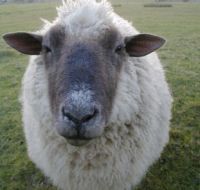

Today (4 December) is World Wildlife Conservation Day, which was created to raise awareness of issues including wildlife extinction, endangerment and global wildlife trafficking and poaching.
It focuses on educating people about the urgent need for conservation and the threats the wildlife face, such as habitat loss, poaching and climate change.
It was set up by Hillary Clinton when she was US Secretary of State. Years later, despite efforts to decrease the number of cases of wildlife crime and levels of endangered and threatened species, human-led actions are continuing to cause the destruction of the planet's biodiversity.
As reported by the International Union for Conservation of Nature (IUCN) Red List of Threatened Species, over 46,300 species are threatened with extinction, which makes up 28% of all assessed species. This includes:
Once species become extinct, there is no bringing them back. Since biodiversity loss has been led by human actions, it is our responsibility to change our ways.
When setting up the day, Clinton said: "…let’s face it: we can’t do this [protecting wildlife] without you. You have the choice to refuse to purchase products made from endangered wildlife; you have the choice to stand up and speak out against these criminal networks; you have the choice to hold your governments accountable for their actions to protect endangered species and stop this trade".
To celebrate World Wildlife Conservation Day, people are encouraged consider the following:
For more information on this subject, see: